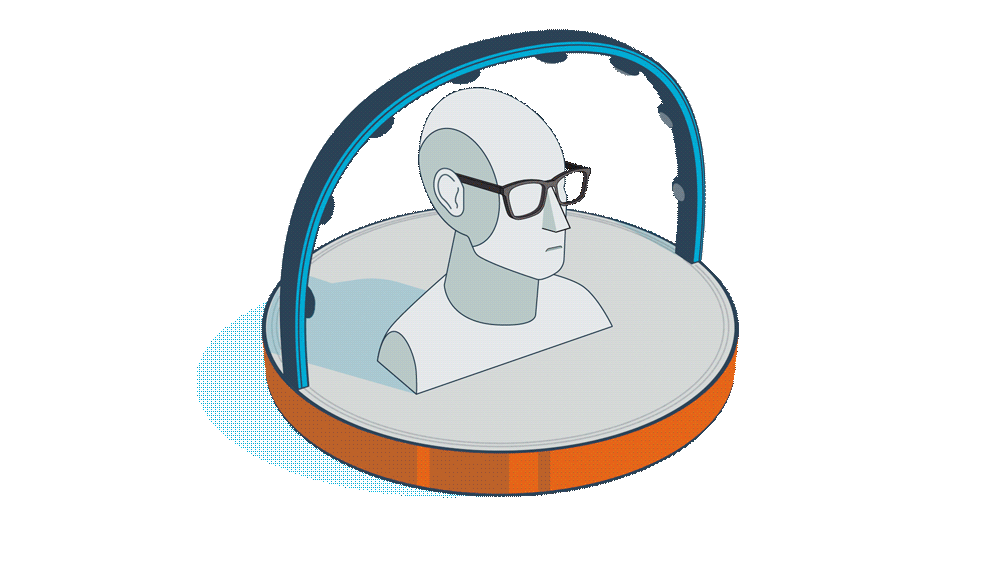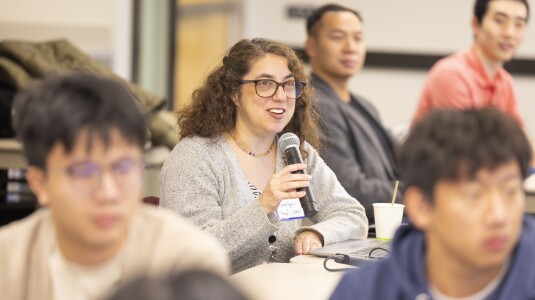Customer-obsessed science


Research areas
-
December 10, 20255 min readNew audio-processing technology is making entertainment more accessible for millions of viewers.
-
December 8, 20258 min read
-
December 5, 20256 min read
-
-
Featured news
-
KDD 2025 Workshop on Evaluation and Trustworthiness of Agentic and Generative AI Models2025The emergence of AI-driven web automation through Large Language Models (LLMs) offers unprecedented opportunities for optimizing digital workflows. However, deploying such systems within industry's real-world environments presents four core challenges: (1) ensuring consistent execution, (2) accurately identifying critical HTML elements, (3) meeting human-like accuracy in order to automate operations at
-
2025Unlike closed-vocabulary 3D instance segmentation that is often trained end-to-end, open-vocabulary 3D instance segmentation (OV-3DIS) often leverages vision-language models (VLMs) to generate 3D instance proposals and classify them. While various concepts have been proposed from existing research, we observe that these individual concepts are not mutually exclusive but complementary. In this paper, we
-
CAV 20252025Many security- and performance-critical domains, such as cryptography, rely on low-level verification to minimize the trusted computing surface and allow code to be written directly in assembly. However, verifying assembly code against a realistic machine model is a challenging task. Furthermore, certain security properties—such as constant-time behavior—require relational reasoning that goes beyond traditional
-
ACL Findings 20252025Targeting long-form question-answering, chain-of-query (CoQ) has been studied, integrating chain-of-thought (CoT) with retrieval-augmented generation. CoQ breaks down complex questions into simpler subquestions (SQs), allowing relevant information to be retrieved step by step. By doing so, CoQ aims to improve the answer comprehensiveness and verifiability, at the expense of latency. Our first contribution
-
2025Customized video editing aims at substituting the object in a given source video with a target object from reference images (Fig. 1). Existing approaches often rely on fine-tuning pre-trained models by learning the appearance of the objects in the reference images, as well as the temporal information from the source video. These methods are however not scalable as fine-tuning is required for each source
Collaborations
View allWhether you're a faculty member or student, there are number of ways you can engage with Amazon.
View all











































